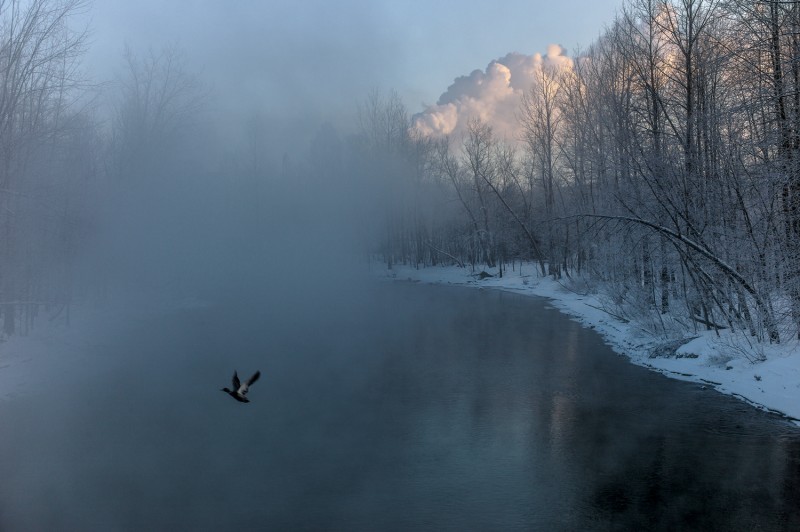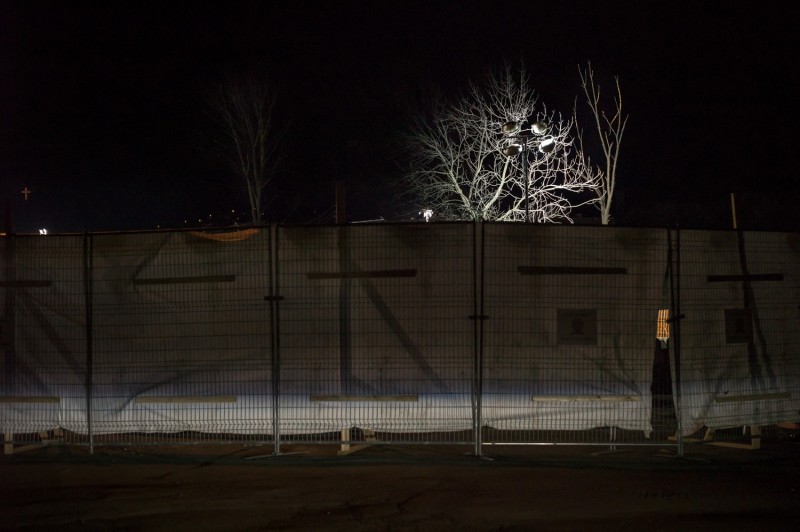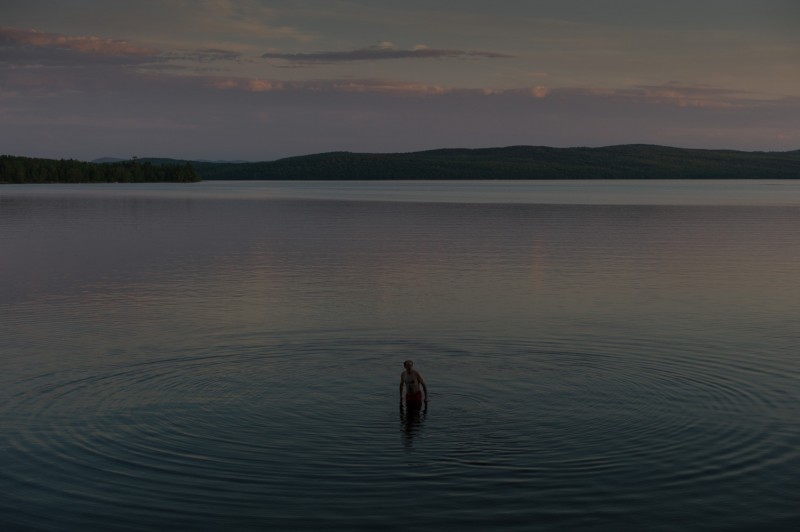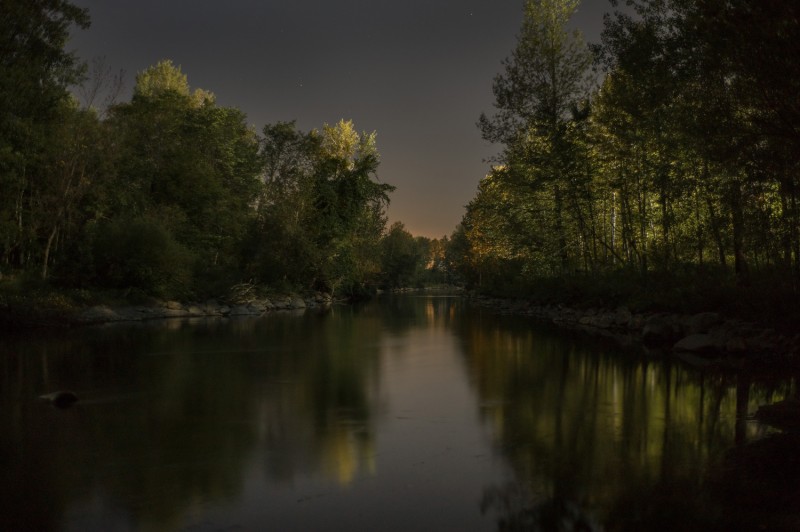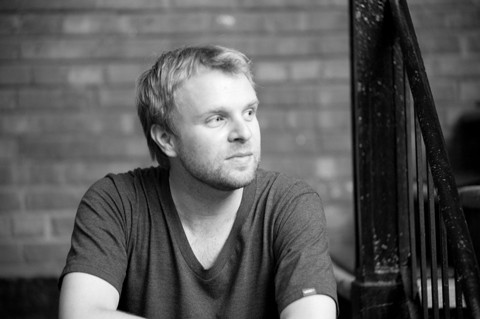Symptoms of Trauma
Symptoms of Trauma
Michel Huneault
February 26, 2016
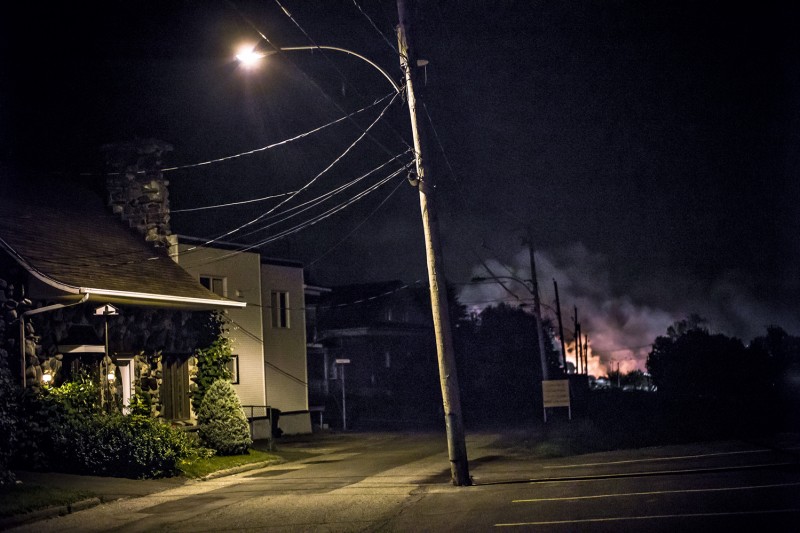
Congratulations, Michel Huneault, a couple of months ago, La longue nuit de Mégantic earned you the twenty-third Dorothea Lange-Paul Taylor Prize. The project has been ongoing since 2013. What makes this so special to you?
La longue nuit de Mégantic was done over one full year, with 14 visits and about 70 days in the community. Now, after two years and additional components done with my subjects, I feel part of the community. Our relationship has morphed into a friendship mixed with kinship. It is certainly the most personal and close to home project I’ve ever done. More than merely “understanding” the issue, I wanted the viewer to feel like he or she was there and part of the community. I was really trying to understand what that process of mourning meant for the community: the multiple deaths, the loss of their downtown and core social fabric, how it evolved over time.
Your images are defined by a cinematic atmosphere, very mystical. How did you develop this?
I started to work at night because that is when the event happened and changed Mégantic forever. With the night “available light” and long exposure effect, a cinematic but also painting-like feeling built up naturally. I see a lot of aspects of the Mégantic work that echo movie makers, photographers or painters that I like, but it was never really planned. Yet it’s certainly part of my interest and visual culture, yes; but I didn't want to over do it in that direction, to distract the work from its main documentation goals and to become “gimmicky”. I think it was a very fine line to walk.
How did you compose your Mégantic series? Your book will be out soon.
Doing an edit is always a challenge, particularly in such a subtle body of work that aims to represent something physically untangible: loss, absence, mourning, grief. I found it extremely useful to show early edits to close friends I trust and that understand my work, to people in Mégantic, and to editors that connected well to the work – not all did. Their footprints and thoughts are all over the series, really.
Now that the book will soon appear, have you closed this chapter?
Not at all. I am working on a new chapter about Mégantic called The New Memories, a body of work very different to La longue nuit de Mégantic, including new video and photography. This year I hope to travel to where the oil that exploded in Mégantic was produced, in North Dakota. I don’t yet see an end to my involvement in Mégantic, and it’s great that way.
Find out more about Michel’s work in LFI 2/2016. Carla Susanne Erdmann
Michel Huneault+-
Born in Quebec in 1976, Huneault received a Bachelor degree in Communications Sciences from the University of Montreal in 2001, and a Masters in Latin American Studies and Peace and Conflict Resolution at the University of Berkeley in 2004. He began documenting his work photographically while employed as a project manager for international peace organisations and other NGOs. More

